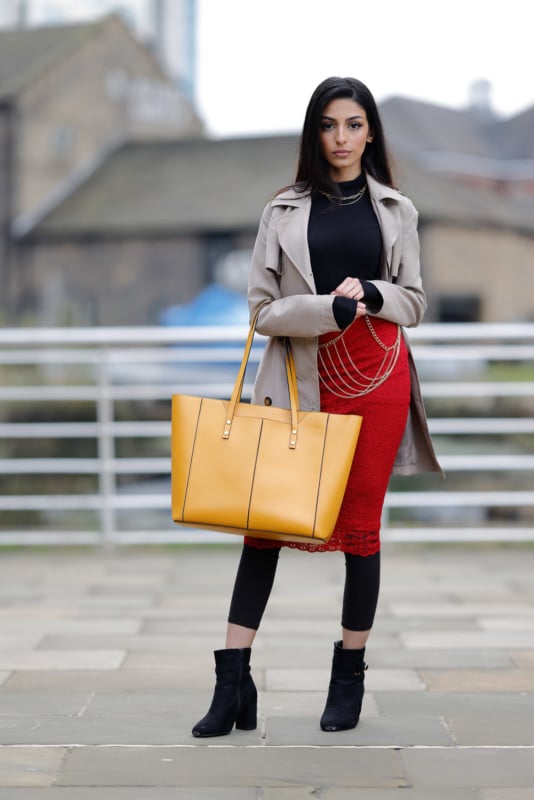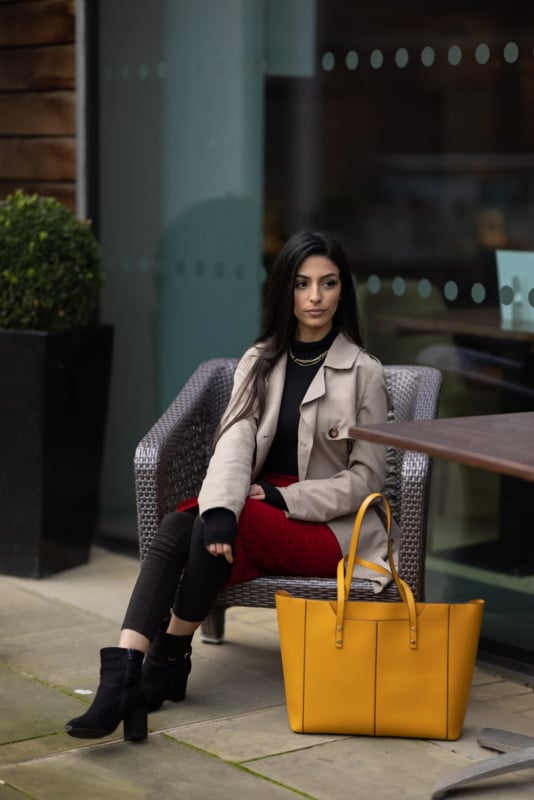The Canon EOS R5 Produces Better Color than Medium Format Cameras
![]()
I was recently comparing the Canon EOS R5 (with the Canon RF 85mm f/1.2) to the Hasselblad X1D II (with the Hasselblad 80mm f/1.9). Initially we were aiming to focus primarily on the lenses, but during the comparison, we noticed that Canon was producing fantastic images, and this was predominantly due to the colors.
Why This is a Big Deal
Hasselblad cameras are quite possibly the best on the market when it comes to color. The color profiles from Hasselblad are not only vibrant, but they are also generally better in terms of accuracy. Effectively, Hasselblad colors are so good that you could almost describe the “medium format look”, as simply being the way in which Hasselblad cameras render color.
It is for this reason that our latest comparison has resulted in quite a surprise. The colors that the Canon EOS R5 is producing are some of the best we’ve seen so far. Not only are the colors vibrant, but they’re also better in terms of accuracy and outperform the Hasselblad camera.
It is important to mention that this does not mean that results from the Hasselblad are poor in any way. Instead, this is a statement about the performance of the Canon camera.
The Comparison


For all the comparisons, Hasselblad images were processed in Phocus and the Canon files were processed in Digital Photo Professional 4 — this is the proprietary software from Canon. All the images had the white balance set to Daylight.
The first couple of images above demonstrate a few key differences. Although both cameras perform well, the Hasselblad seemingly struggled more to render the color of the coat. The coat and skirt are leaning into the magenta tones.
On the other hand, Canon is doing a better job in producing a vibrant red tone in the skirt and the more neutral color of the coat. There is less of a magenta shift in the Canon file.


For this second comparison, there are several areas we can look at. The first is the brown tones in the table and the wood façade in the background. The Canon appears more vibrant whereas the Hasselblad is less so and is somewhat muted. The coat in the Hasselblad image once again has a slight magenta shift. Also, the cyan tones behind the model lean a little too far into the green tones for the Hasselblad file.


Finally, we have the close-up image of the model where we can focus on skin tones. Darker skin tones in general tend to be a tricky thing for many cameras to render correctly, and in this comparison, the Canon does a much better job.
Skin tones in the Canon file appear more vibrant and accurate. However, the Hasselblad file has a slight yellow shift and appears muted in comparison.
Sharpness Test
At this stage, the sharpness differences between most high-end lenses are negligible. This is especially the case in real-world shooting environments. Having said that, it is still interesting to see how certain lenses perform.
When it comes to sheer detail capturing ability, the RF 85mm f/1.2 lens is slightly better. At almost half the price of the Hasselblad, The RF lens is sharper even when both lenses are stopped down to f/5.6.



Despite this, the Hasselblad 80mm f/1.9 is my favorite portrait lens. The field of view and image quality make it the ideal option for me. As great as the RF 85mm f/1.2 lens is, I prefer the Hasselblad lens.
How to Get the Best Color From the Canon EOS R5


If you process any raw files from the Canon EOS R5 in Lightroom, the software will default to using its Adobe color profile. This color profile doesn’t seem to do a great job in comparison to what the camera and Canons’ own software can produce and Lightroom also does not currently offer any Canon-specific color profiles for the Canon EOS R5. This means there isn’t a great deal that can be done to correct this in the software.
Due to this, it’s better to process R5 files in Canons’ own software, Digital Photo Professional. The software is slow and clunky making for a frustrating experience, but the results may be worth the effort.
When you import files into the software, the color profile will be set to sRGB. This needs to be changed to Adobe RGB in the Edit section. Once you change the profile, the colors from the Canon file will immediately improve.
![]()
After making a few adjustments, you can export the file as a 16-bit TIFF, which can then be imported into any other software you wish to work in. We may eventually see an update for Lightroom that includes better profiles for the Canon camera. However, for now, this workaround can help you produce better-looking images with the Canon EOS R5.
Read also: Camera Color Science 101 (And What Makes Canon Special)
Final Thoughts
Canon has consistently produced cameras that render fantastic colors, and this is one of the primary reasons so many videographers and photographers stay with Canon. This latest release from Canon is a huge upgrade from its previous models, and the fact that it can outperform medium format systems speaks volumes.
Once again this is not to say the Hasselblad is bad by any means. In fact, I would happily take a 907X with the XCD 80mm over the Canon system purely out of preference. Companies such as Hasselblad continue to develop their color theory and I’m certain new camera systems will perform even better.
In the meantime, it’s just great to see how far full-frame cameras have come in the last few years.
About the author: Usman Dawood is the lead photographer of Sonder Creative, an architectural and interior photography company. The opinions expressed in this article are solely those of the author. You can find more of Dawood’s work on his website, Instagram, and YouTube.